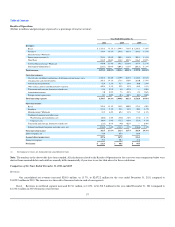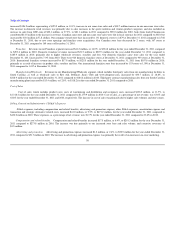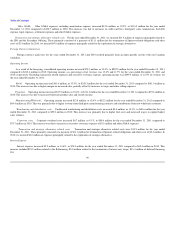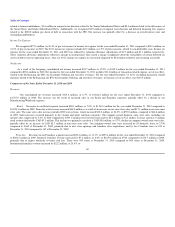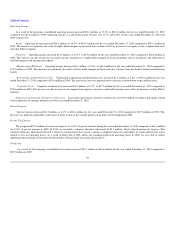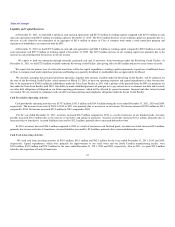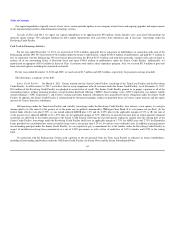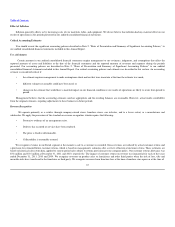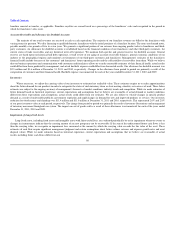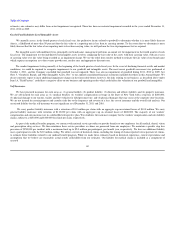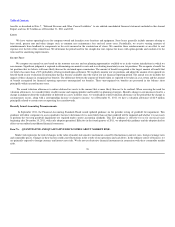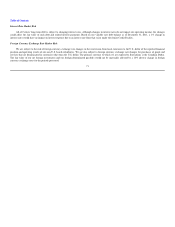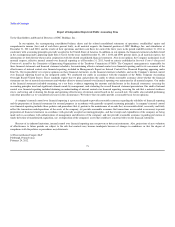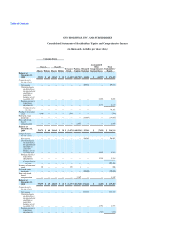GNC 2012 Annual Report Download - page 70
Download and view the complete annual report
Please find page 70 of the 2012 GNC annual report below. You can navigate through the pages in the report by either clicking on the pages listed below, or by using the keyword search tool below to find specific information within the annual report.
Table of Contents
Effect of Inflation
Inflation generally affects us by increasing costs of raw materials, labor, and equipment. We do not believe that inflation had any material effect on our
results of operations in the periods presented in our audited consolidated financial statements.
Critical Accounting Estimates
You should review the significant accounting policies described in Note 2, "Basis of Presentation and Summary of Significant Accounting Policies," to
our audited consolidated financial statements included in this Annual Report.
Use of Estimates
Certain amounts in our audited consolidated financial statements require management to use estimates, judgments, and assumptions that affect the
reported amounts of assets and liabilities at the date of the financial statements and the reported amounts of revenues and expenses during the periods
presented. Our accounting policies are described in Note 2, "Basis of Presentation and Summary of Significant Accounting Policies" to our audited
consolidated financial statements included in this Annual Report. Our critical accounting policies and estimates are described in this section. An accounting
estimate is considered critical if:
the estimate requires management to make assumptions about matters that were uncertain at the time the estimate was made;
different estimates reasonably could have been used; or
changes in the estimate that would have a material impact on our financial condition or our results of operations are likely to occur from period to
period.
Management believes that the accounting estimates used are appropriate and the resulting balances are reasonable. However, actual results could differ
from the original estimates, requiring adjustments to these balances in future periods.
Revenue Recognition
We operate primarily as a retailer, through company-owned stores, franchise stores, our websites, and to a lesser extent, as a manufacturer and
wholesaler. We apply the provisions of the standard on revenue recognition, which requires the following:
Persuasive evidence of an arrangement exists.
Delivery has occurred or services have been rendered.
The price is fixed or determinable.
Collectability is reasonably assured.
We recognize revenues in our Retail segment at the moment a sale to a customer is recorded. Gross revenues are reduced by actual customer returns and
a provision for estimated future customer returns, which is based on management's estimates after a review of historical customer returns. These estimates are
based on historical sales return data, applied to current period sales subject to returns provisions per our company policy. Our customer returns allowance was
$3.8 million and $3.4 million at December 31, 2011 and 2010, respectively. The impact of customer returns on revenue was immaterial for each of the years
ended December 31, 2011, 2010 and 2009. We recognize revenues on product sales to franchisees and other third parties when the risk of loss, title and
insurable risks have transferred to the franchisee or third party. We recognize revenues from franchise fees at the time a franchise store opens or at the time of
67
•
•
•
•
•
•
•


